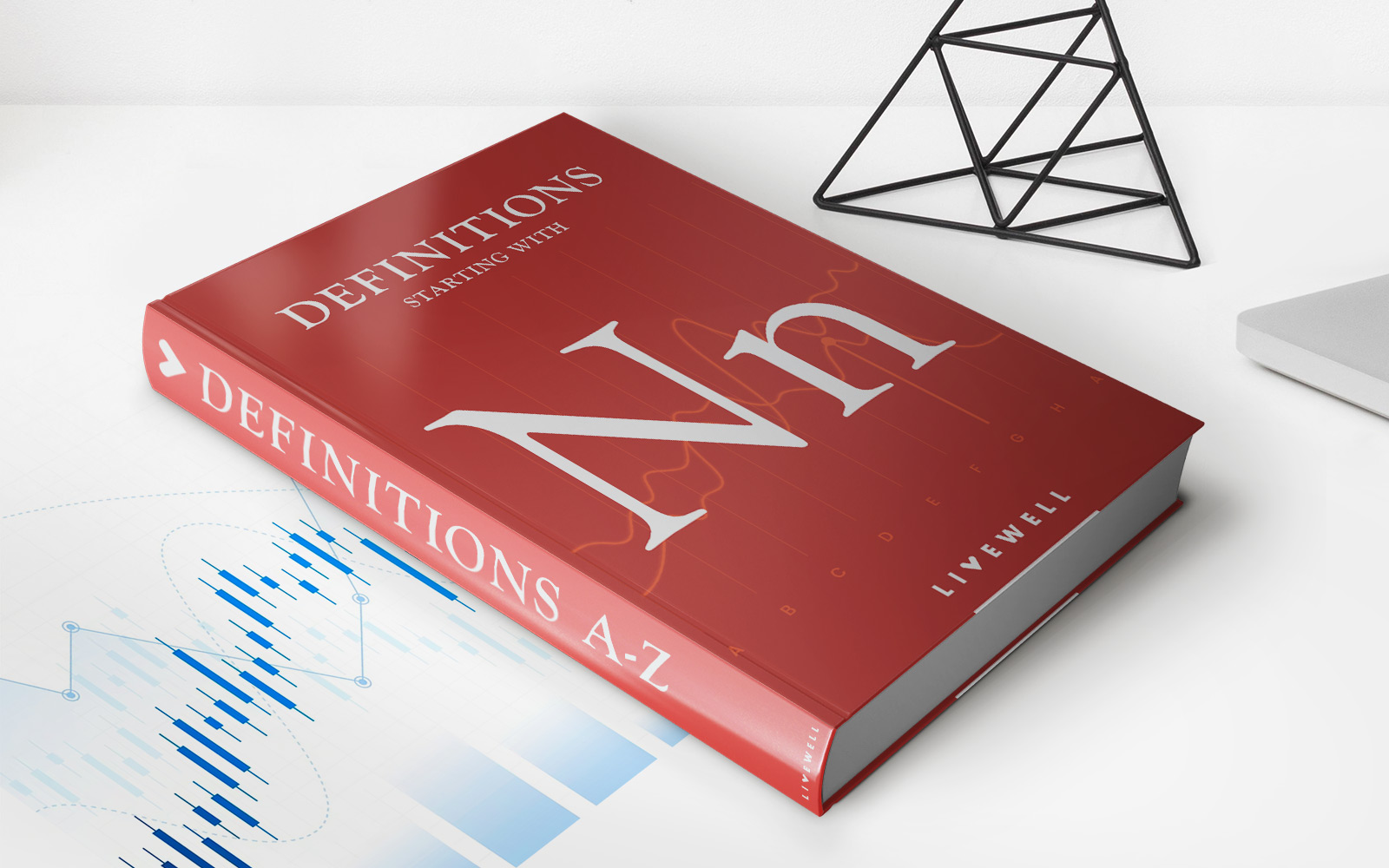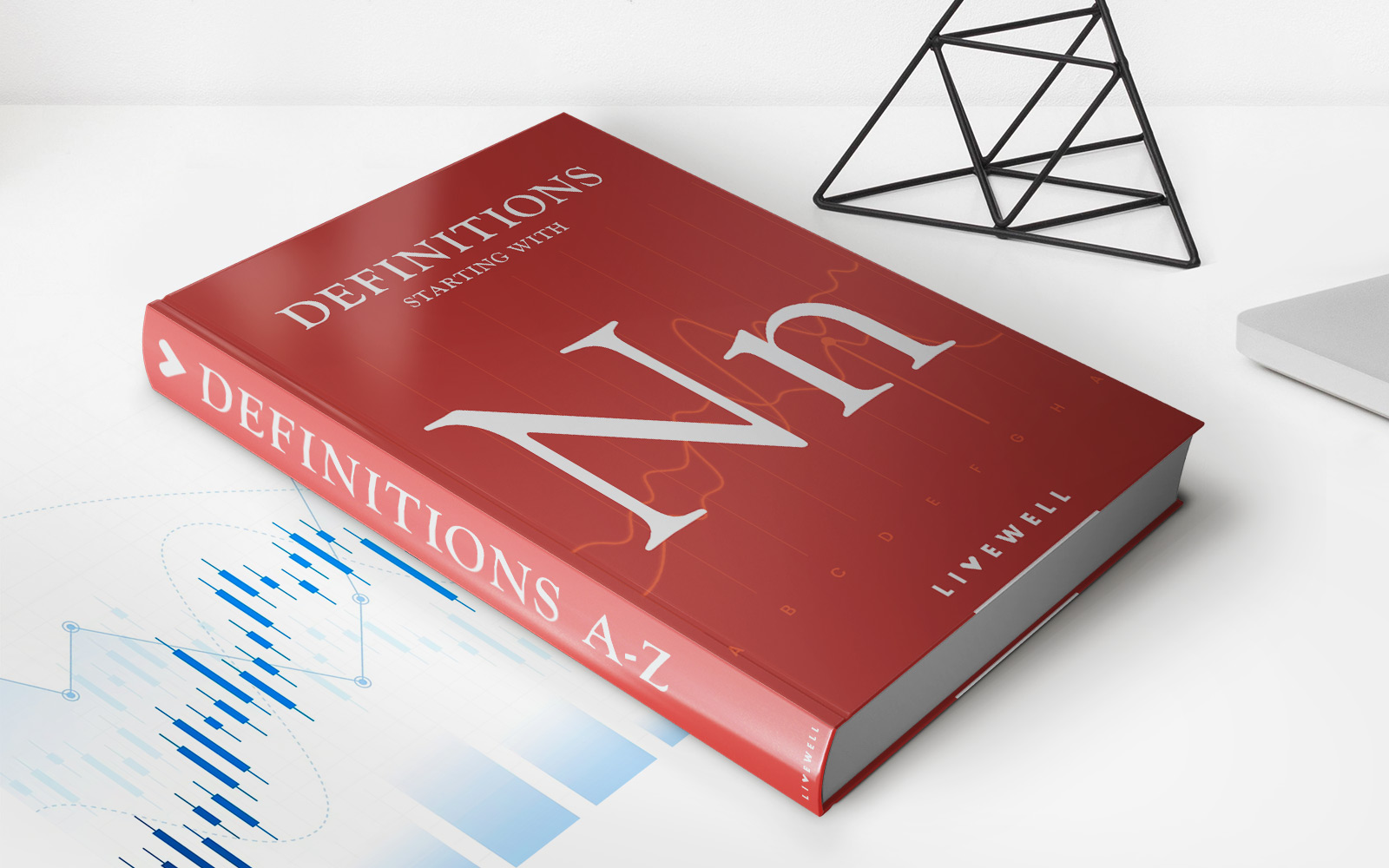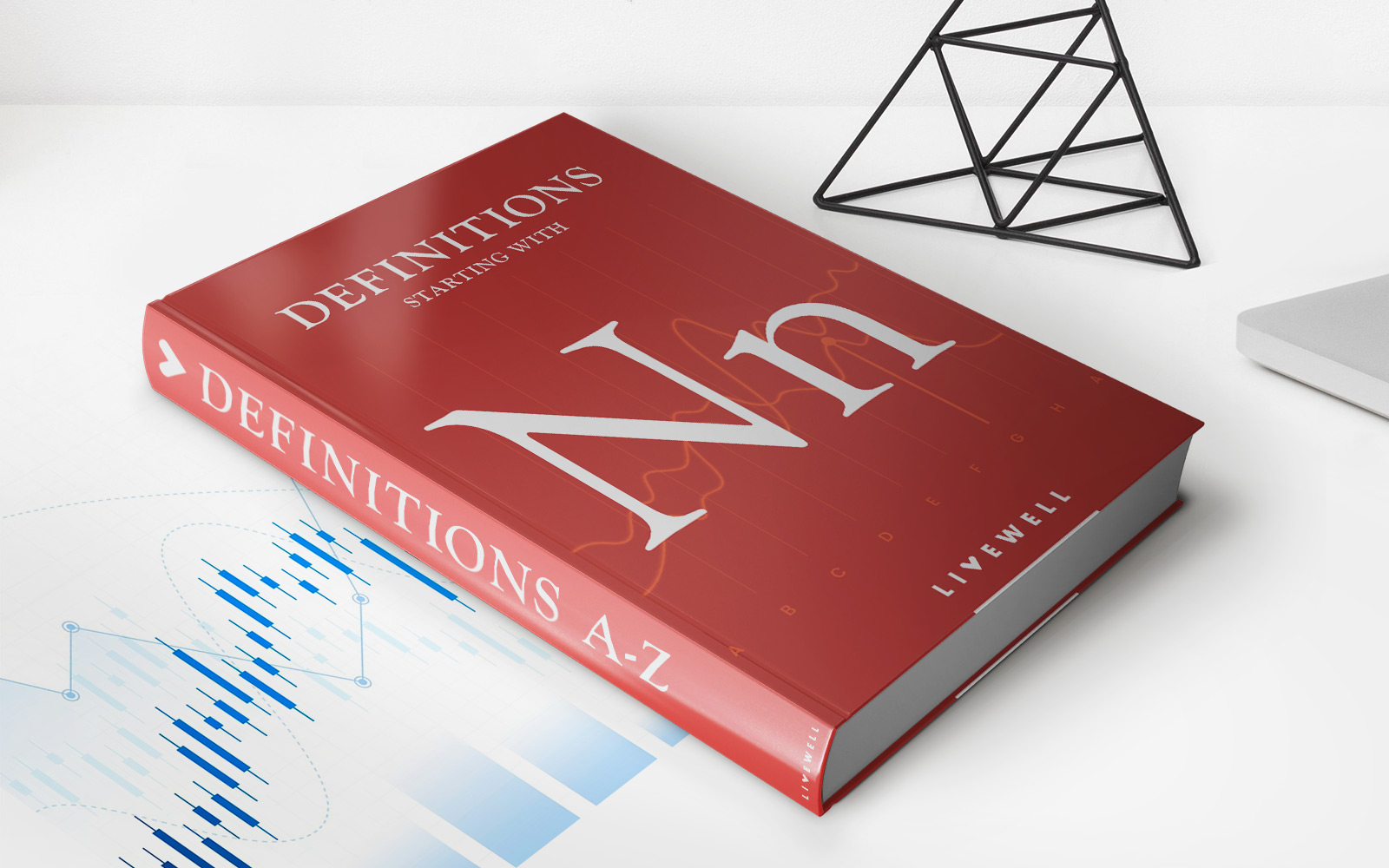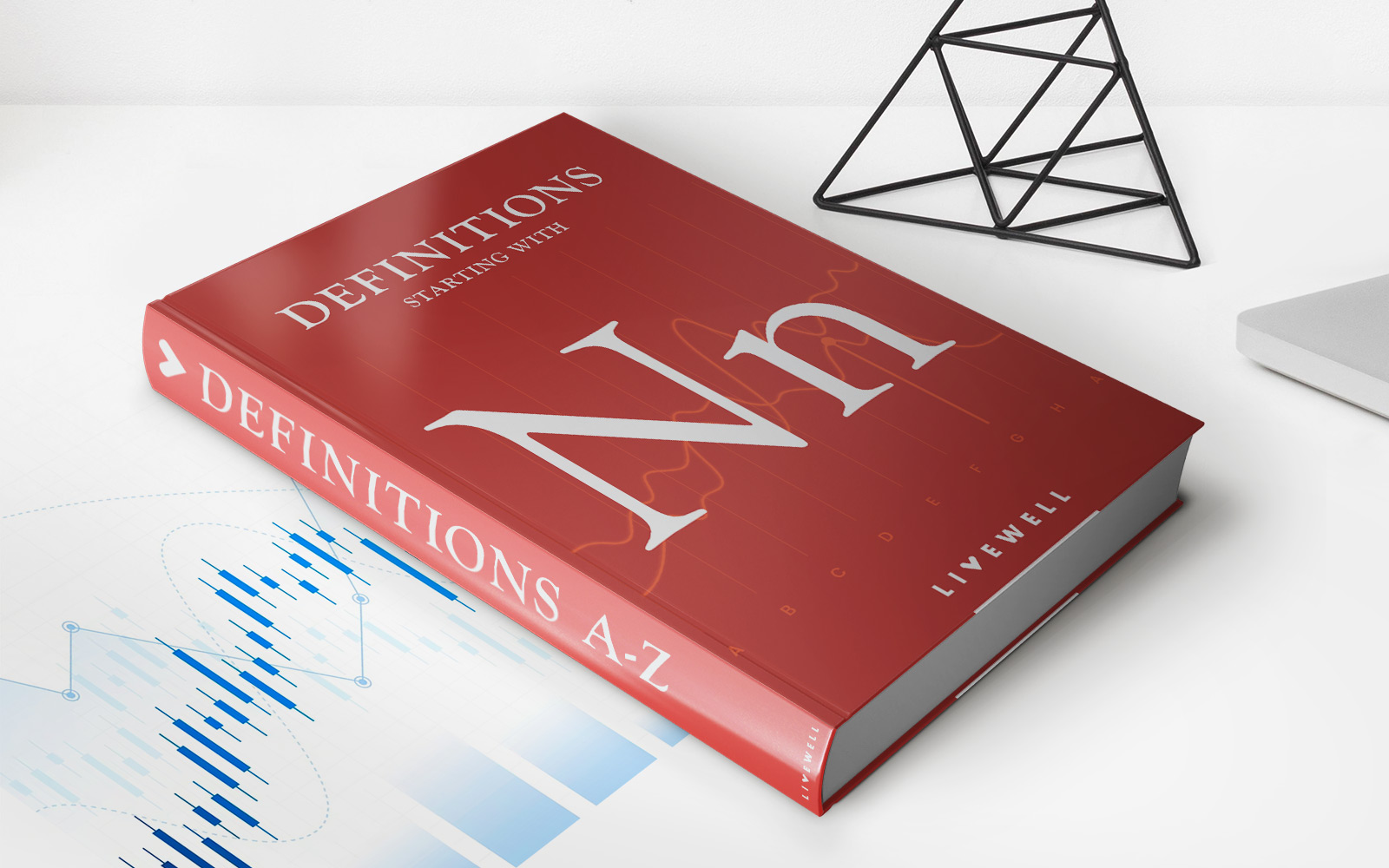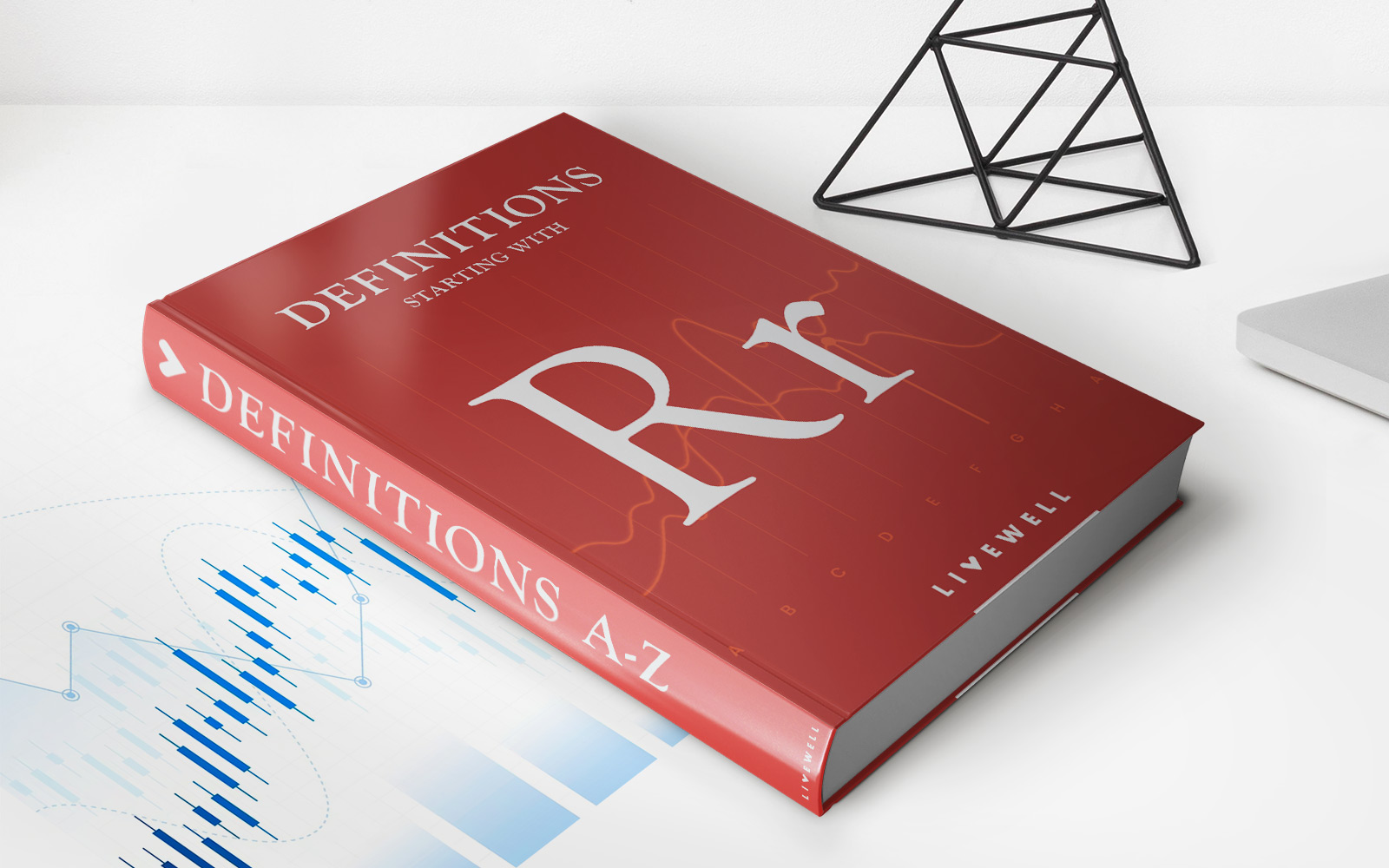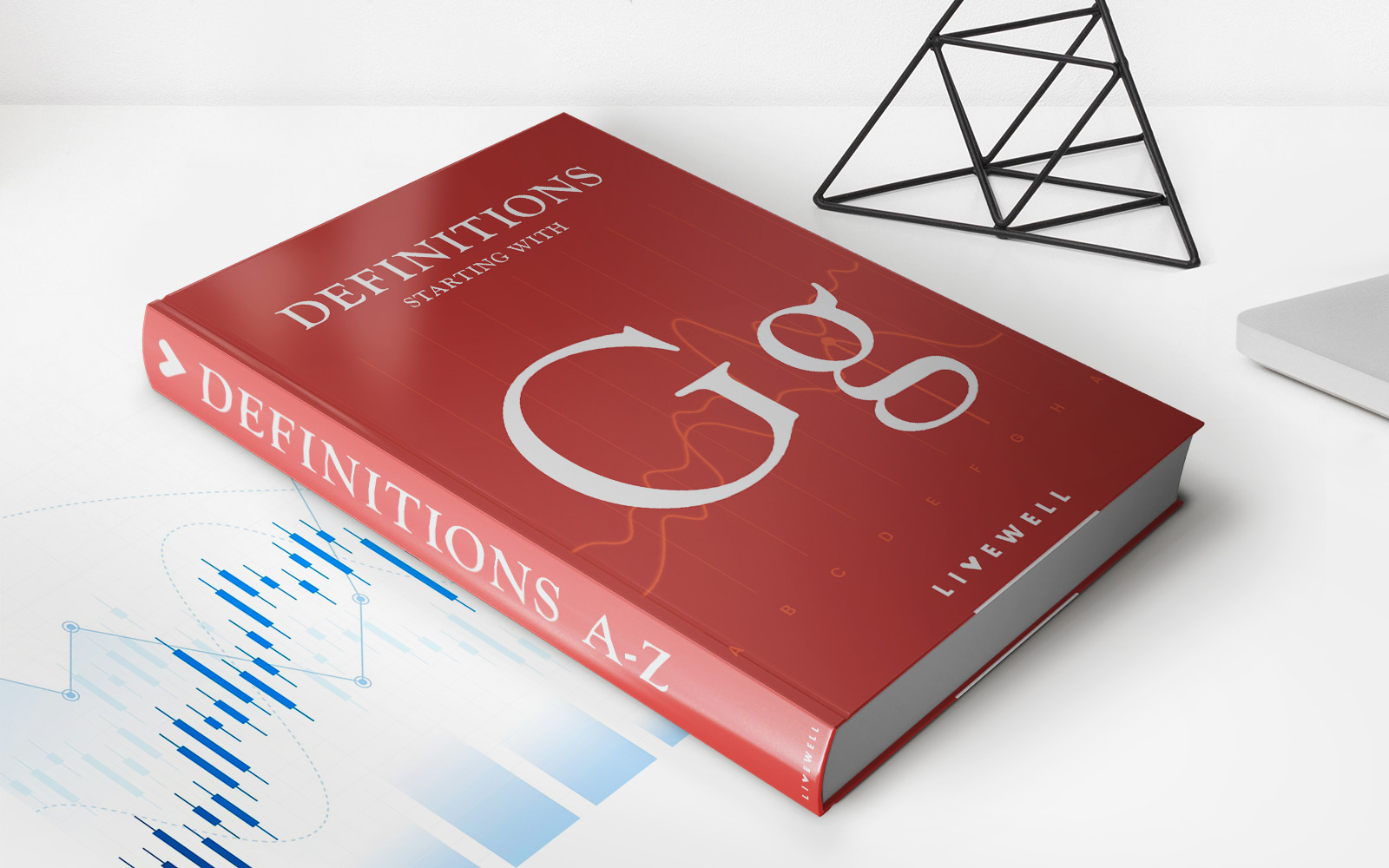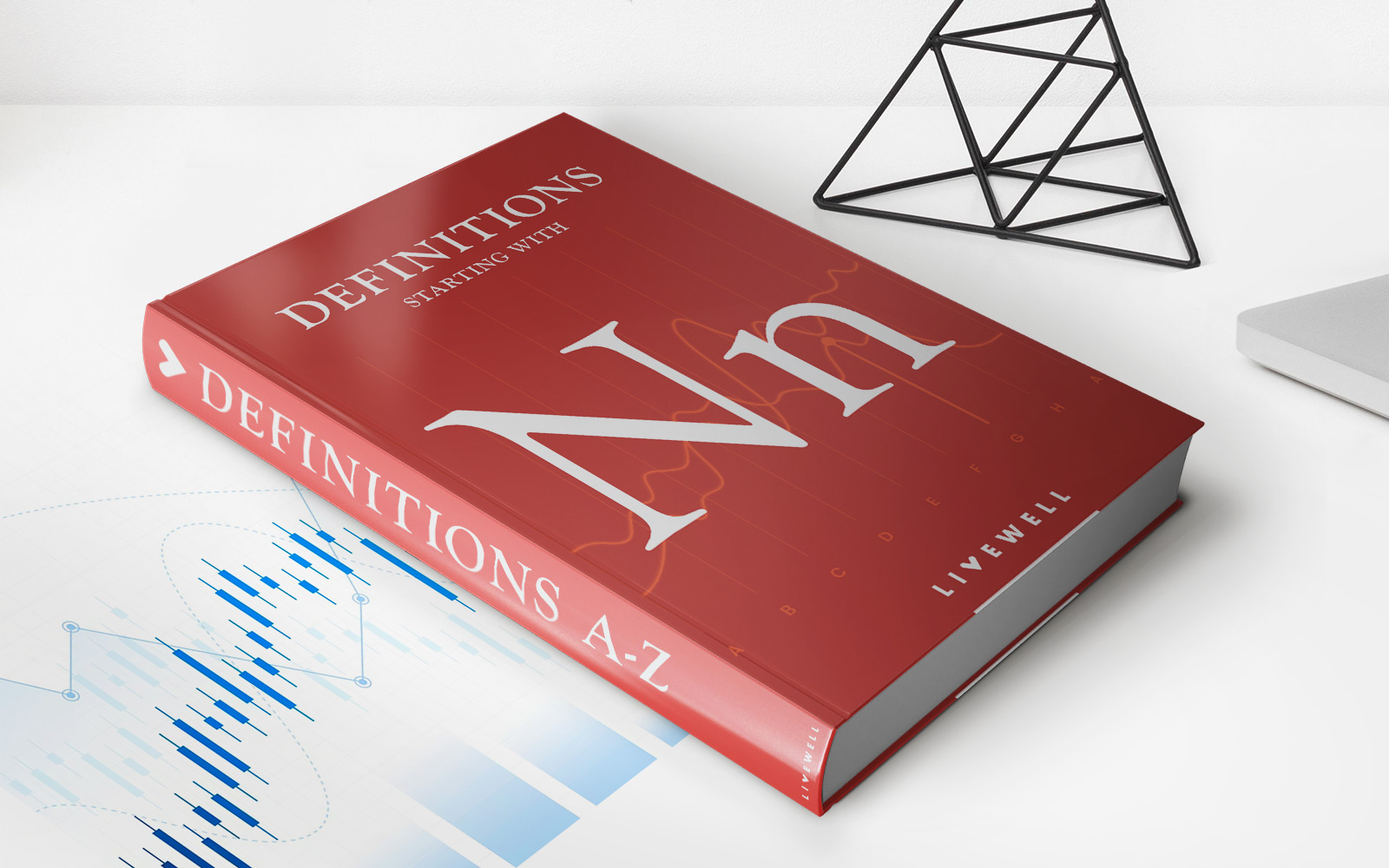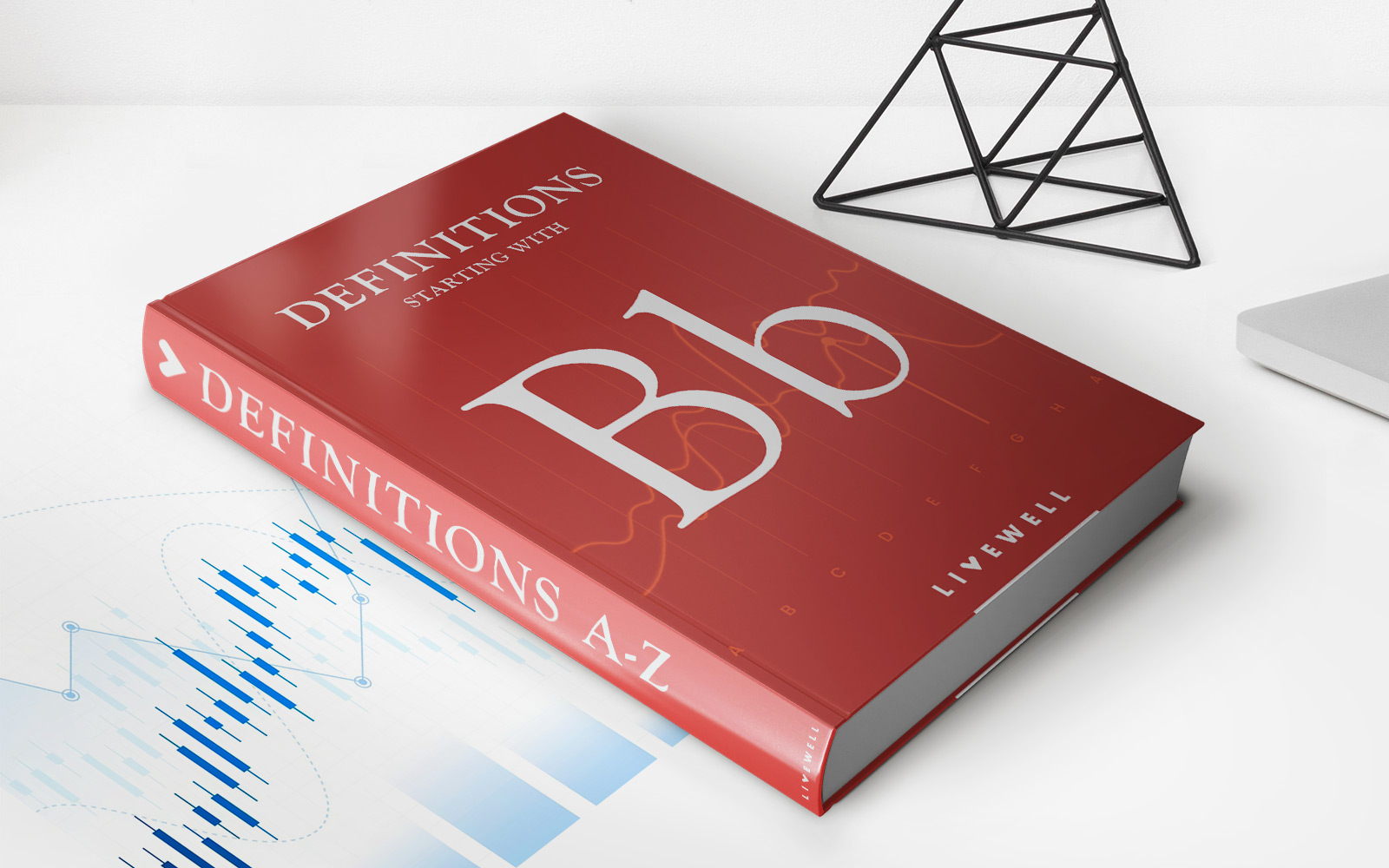Home>Finance>Distributable Net Income (DNI) Definition, Formula, Example
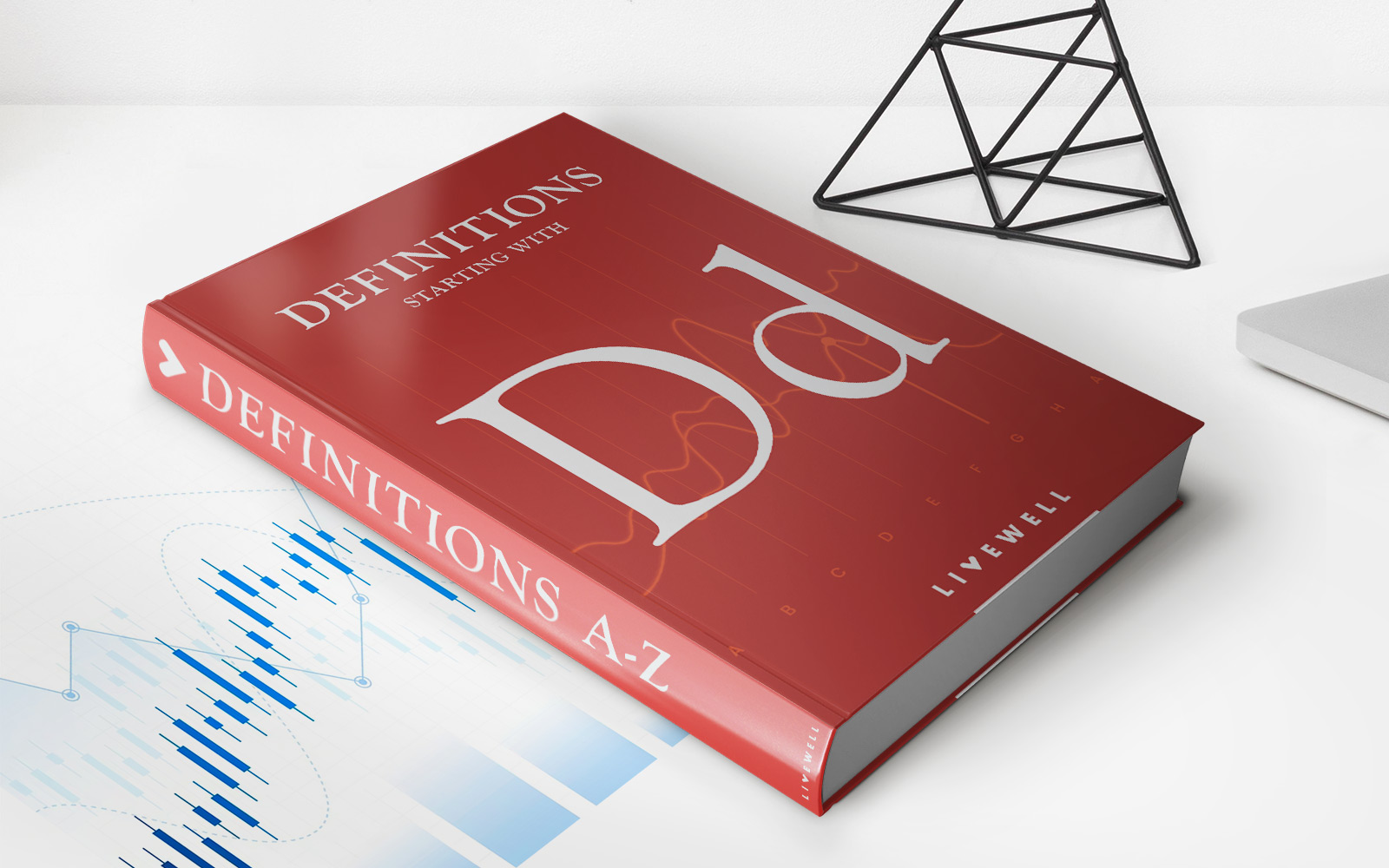

Finance
Distributable Net Income (DNI) Definition, Formula, Example
Published: November 12, 2023
Learn the definition, formula, and example of Distributable Net Income (DNI) in finance. Enhance your understanding of DNI and its significance.
(Many of the links in this article redirect to a specific reviewed product. Your purchase of these products through affiliate links helps to generate commission for LiveWell, at no extra cost. Learn more)
Understanding Distributable Net Income (DNI)
In the world of finance, there are many terms and concepts that can seem confusing or overwhelming. One such term is Distributable Net Income (DNI). But fear not! In this blog post, we will demystify the concept of DNI, providing you with a clear and concise understanding of its definition, formula, and an example to help solidify your knowledge.
Key Takeaways:
- Distributable Net Income (DNI) is an important concept in finance that refers to the amount of income of a trust or estate that is available to be distributed to beneficiaries.
- The formula for calculating DNI takes into account various factors such as taxable income, deductions, and adjustments specific to trusts and estates.
Defining Distributable Net Income (DNI)
Sometimes referred to as fiduciary net income, Distributable Net Income (DNI) is the portion of a trust or estate’s income that is legally available to be distributed to the beneficiaries. DNI plays a crucial role in determining the taxable income of the beneficiaries and the distribution requirements of the trust or estate.
The concept of DNI arises from the fact that not all income generated by a trust or estate is necessarily distributable. Certain expenses and deductions, such as administrative costs, legal fees, and charitable contributions, may need to be subtracted from the total income to arrive at the DNI figure.
Calculating DNI involves applying specific tax rules and regulations that are unique to trusts and estates. These rules take into account factors like capital gains, ordinary income, tax-exempt income, and various adjustments. By considering these factors, the DNI calculation provides a more accurate representation of the amount that can be distributed without adverse tax consequences.
The Formula for Calculating DNI
The precise formula for calculating DNI can be complex, but it follows a general structure that includes several necessary components:
- Start with the trust or estate’s taxable income. This includes all types of income, such as interest, dividends, rent, capital gains, and more.
- Subtract any deductions that are specifically allowed for trusts and estates. These deductions may include administrative expenses, legal fees, accounting fees, and certain state and local taxes.
- Add back certain adjustments, such as tax-exempt interest and tax-exempt dividends, which were deducted in the previous step.
- Include any capital gains that were not distributed to beneficiaries and reported by them on their own tax returns.
- Lastly, subtract the capital gains tax liability of the trust or estate.
Following this formula will give you the Distributable Net Income (DNI) of the trust or estate, which can then be used to determine the appropriate amount available for distribution.
An Example of DNI Calculation
Let’s illustrate the calculation of DNI with a hypothetical example:
Imagine a trust has a taxable income of $100,000, deductions totaling $25,000, tax-exempt interest of $10,000, and $5,000 in non-distributed capital gains. The trust’s capital gains tax liability is $7,500.
To calculate the DNI:
- Start with the taxable income: $100,000
- Subtract the deductions: $100,000 – $25,000 = $75,000
- Add back the tax-exempt interest: $75,000 + $10,000 = $85,000
- Include the non-distributed capital gains: $85,000 + $5,000 = $90,000
- Subtract the capital gains tax liability: $90,000 – $7,500 = $82,500
Based on this calculation, the Distributable Net Income (DNI) for this trust would be $82,500. This is the amount that can be distributed to the beneficiaries without adverse tax consequences.
Conclusion
In summary, Distributable Net Income (DNI) is an essential concept in finance, particularly for trusts and estates. Understanding how to calculate DNI is vital for both beneficiaries and fiduciaries to ensure proper distribution and tax compliance. By following the DNI formula and considering the specific rules and regulations governing trust and estate taxation, you can navigate the complexities of DNI with confidence.
